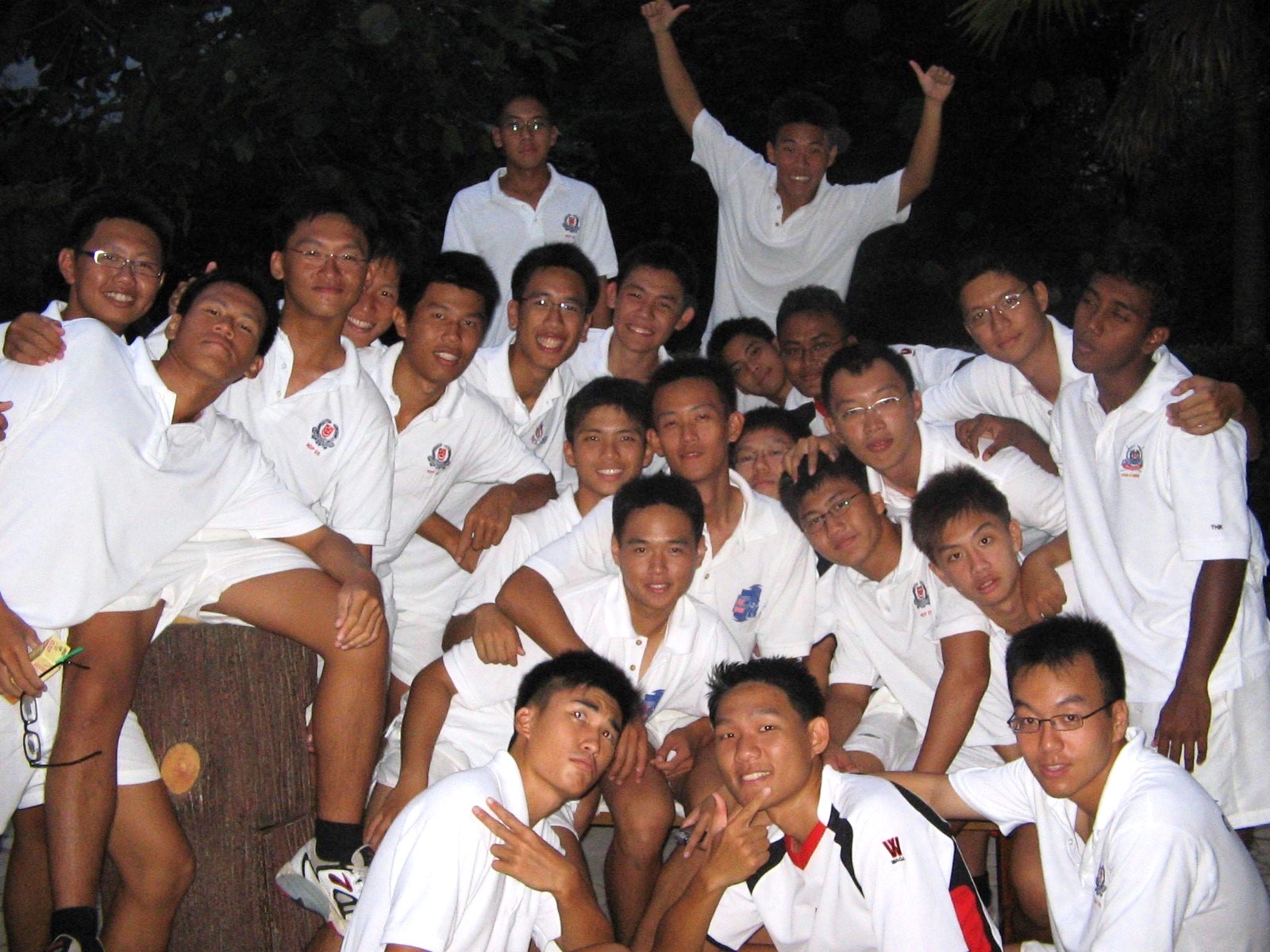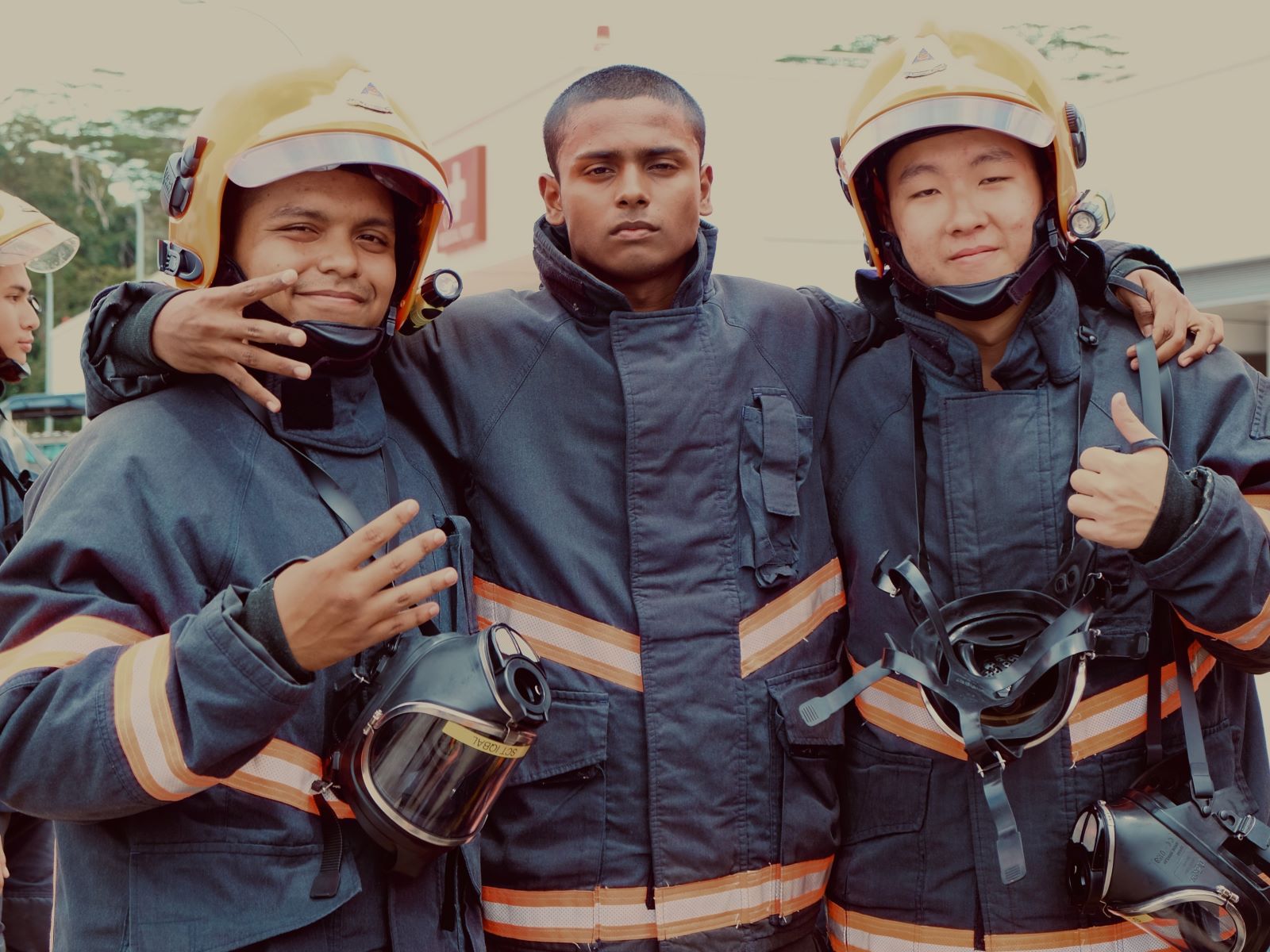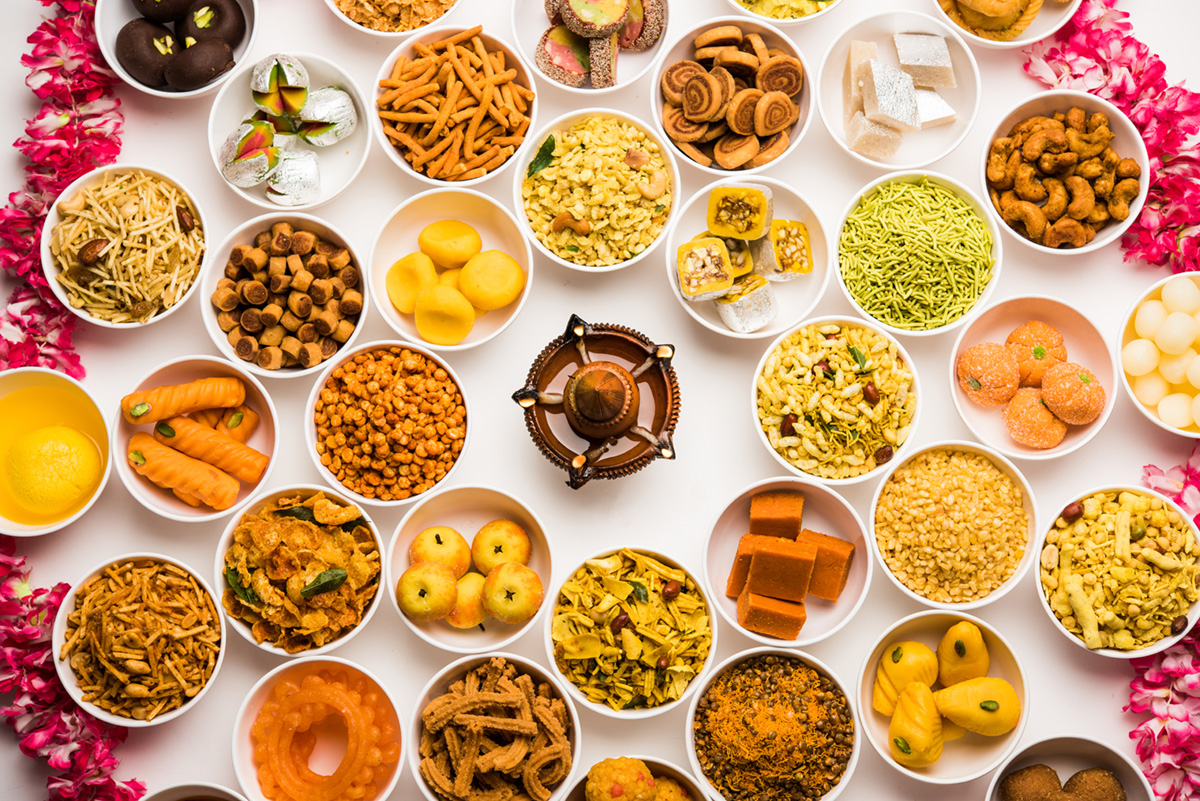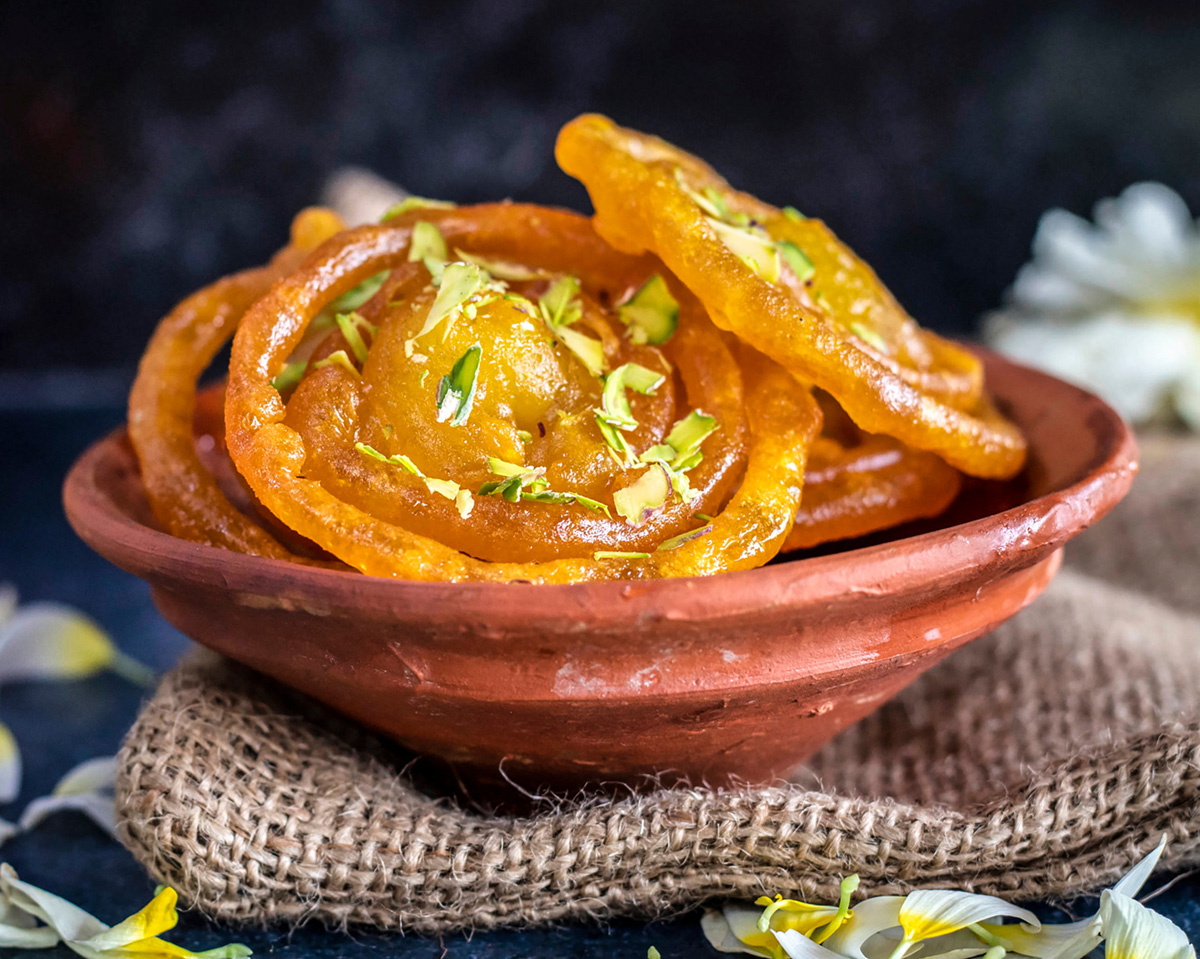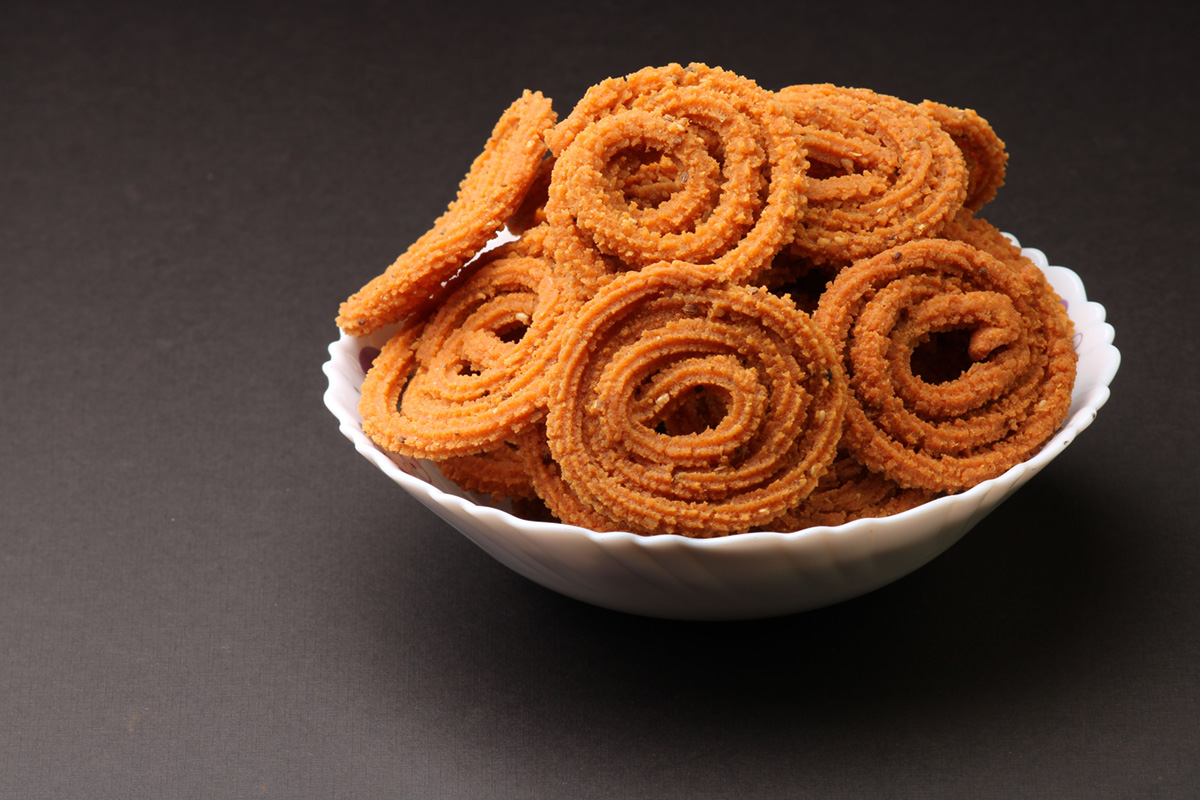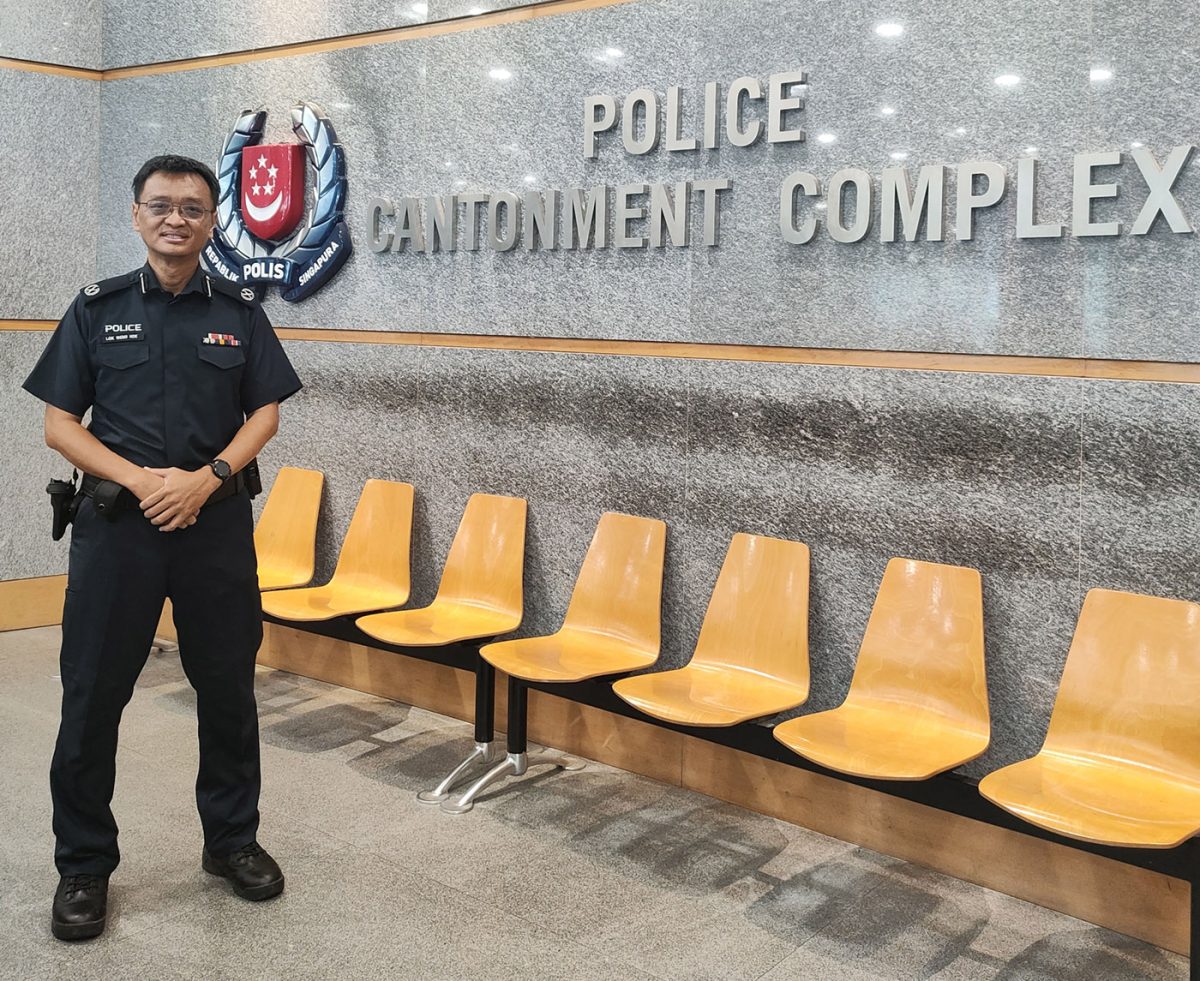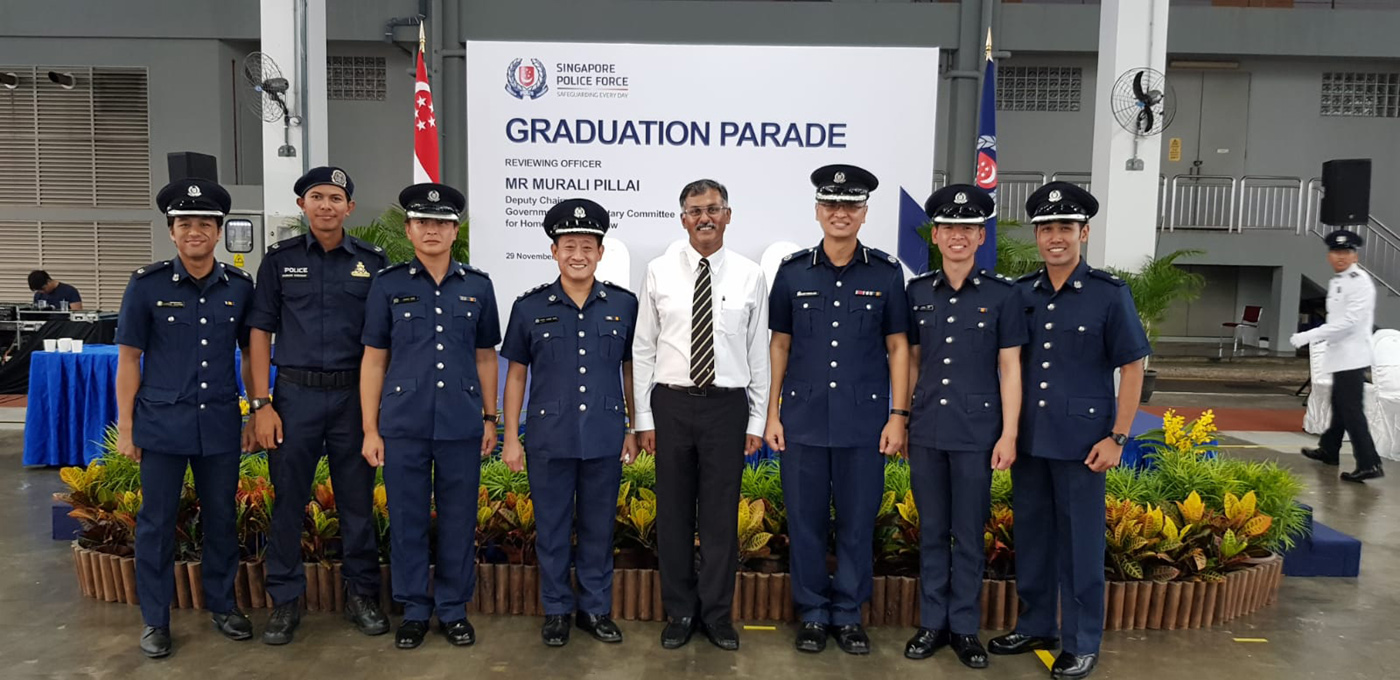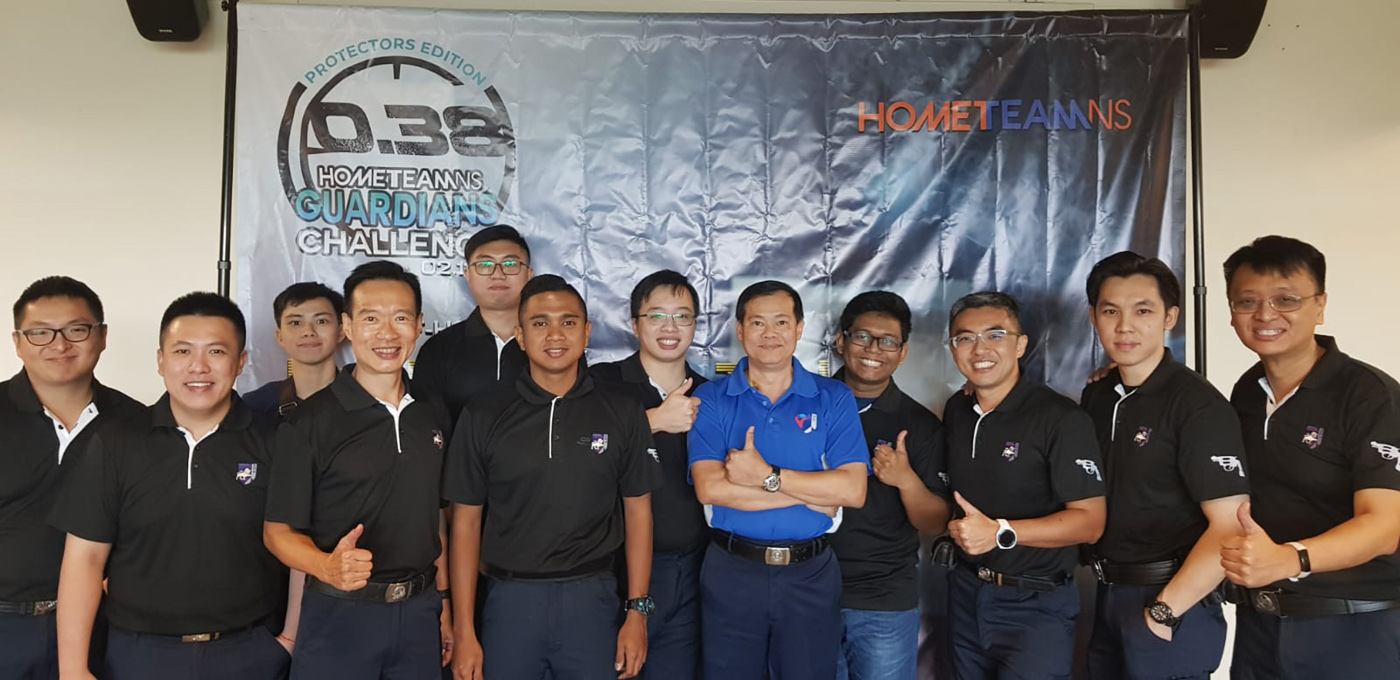They say that the journey is as important as the destination, so hit the highway with your loved ones to make lasting memories.
TEXT: BEATRICE BOWERS
IMAGES: UNSPLASH
According to a report by travel booking platform Expedia, travel these days is about “saying “no” to normal, breaking routines, and searching for experiences without compromises.” All that can be achieved through road trips, which have become increasingly popular, as they offer travellers the flexibility to explore destinations at their own pace — sans the stress of rushing for a tour bus or connecting flight. Thus, it isn’t surprising that the #VanLife hashtag, which sees people documenting their nomadic lifestyle on social media, started trending even before the pandemic.
Beyond such extended escapades, road trips are also a great family-friendly and quick vacation option. Cruising through unfamiliar locations on four wheels presents opportunities to bond with your loved ones as you soak in the changing vistas and groove to tunes piped through your car’s sound system. If this has sparked your wanderlust, you may want to plan your next getaway around these family-friendly road trip routes.
THE GREAT OCEAN ROAD, AUSTRALIA

A drive along the 243km Great Ocean Road that hugs Victoria’s coastline is one of the best ways to experience Australia’s diverse landscapes. Although the full route stretches from Torquay to Allansford, you can begin your journey in Melbourne, where it’s relatively fuss-free to rent a car or camper van. Before committing to a rental, check out aggregator sites such as Camper Champ, which will allow you to compare rental fees across major companies.
A trip along this scenic route can take as little as a day or may require a week for those planning to traverse the entire stretch with pitstops along the way. Three days is the sweet spot for capturing most of the iconic sights, which include limestone formations that make up The Twelve Apostles, national parks, and the charming seaside towns of Torquay, Anglesea, and Apollo Bay. Apollo Bay is a hotspot for whale watching between May and September and it has plenty of accommodation options including bed and breakfasts, hotels, and campgrounds like Marengo Family Caravan Park. If you’re unfamiliar with the region, fret not as the Great Ocean Regional Tourism Board has plenty of itineraries to help plan your trip.
THE HOKKAIDO SCENIC BYWAYS, JAPAN

Hokkaido is a popular winter destination for Singaporeans, but it also holds plenty of charms during other seasons. Spring and late summer, in particular, are great times to embark on a road trip through the northernmost Japanese island as you may spot an abundance of flora and fauna such as blooming sakura (cherry blossom) trees, red-crowned cranes, deer, and foxes in their natural habitats. These are accessible along extended byways that will lead you to smaller towns and cities, which are usually off the beaten path for tourists. Hokkaido road trips are known to be flexible — you can choose to navigate through longer day drives from a central city or plan a short trip from point A to B.
Those starting off from Sapporo will have multiple routes to choose from. A popular pick is the drive to the Shakotan Peninsula: a full-day trip that will take you past the quaint town of Otaru — known for its picturesque canals and music box museums — before opening up to views of the ocean. A sojourn by the sea is possible thanks to several campsites including the Nozuka Municipal Camp Site. Plan your breaks with the Michi Japan Road Guide & Map app, which lists the nearest roadside rest stations with free parking. If you’re looking to rent a caravan, we’d suggest opting for one with a kitchen and dining area so that you can take full advantage of Hokkaido’s famed fresh produce to prepare delicious meals for the fam.
SINGAPORE – KUANTAN, MALAYSIA
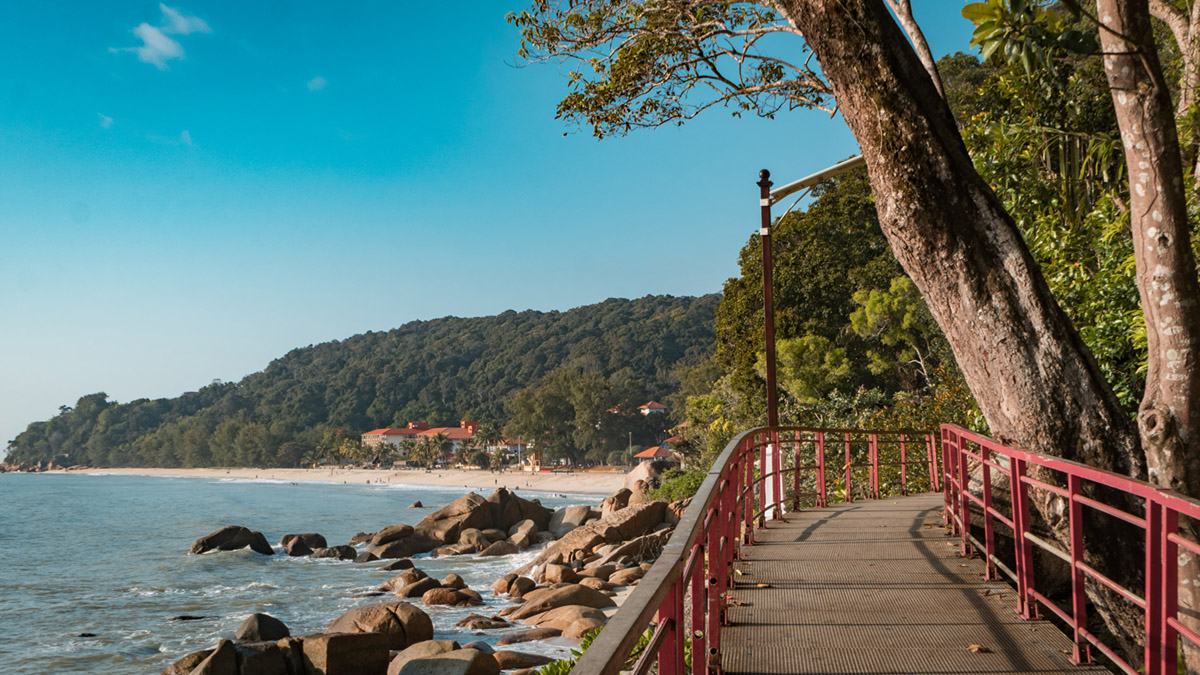
For a quick getaway closer to home, try Kuantan — a Malaysian coastal city five hours from Singapore by car. Along the way, you may want to consider making a detour by driving on Jalan Kota Tinggi, the route along Highway 3, to the Kota Tinggi Waterfalls. The natural wonder, which is a 30-minute drive from Johor Bahru, cascades down a rocky hillside amid a lush rainforest. Then, head to idyllic beach town Mersing to fuel up on seafood — don’t miss the steamed grouper at classic Cantonese eatery Loke Tien Yuen Restaurant. From there, it’s an approximate three-hour drive to Kuantan, a favourite among nature enthusiasts.
The capital of Pahang state has a wide variety of forested trails for both seasoned hikers and beginners — from an easy 30-minute climb up the staircase leading to the Bukit Panorama peak, to the more challenging trek to Sungai Lembing’s ‘Rainbow Waterfall’. It’s said to get its name from the multi-coloured arc that appears when sunlight hits the waterfall’s mist at a precise angle — a spectacle that can be spotted if you complete the hike before 10am. Child-friendly activities that are available in Kuantan include banana boat rides at Teluk Chempedak Beach and the opportunity to spot fireflies at the nocturnal Kuantan River Cruise.
TAIPEI – PINGTUNG COUNTY, TAIWAN

The four-hour drive from Taipei to coastal Pingtung County is so scenic that you may feel reluctant to end your journey. Unfolding along a twisting highway that takes you through wind-swept mountains and little villages, this is one for more experienced drivers. About an hour from your destination, you’ll encounter the tranquil Sun Moon Lake, which is surrounded by forested mountains and bordered by a 400m bikeway. The area is home to the indigenous Thao tribe, whose intriguing traditional culture you can immerse in during a tour of the community.
Heading down south from the lake, you may want to make a pit stop at Tainan City. It’s known for its historic temples — including the Grand Mazu Temple, which served as the palace of the last emperor of the Ming dynasty — and night markets selling street food delicacies such as danzai noodles (egg noodles in a shrimp and pork broth). When in Pingtung County, do carve out some time to explore the 33,268 ha Kenting National Park as it’s home to a variety of land and seascapes, which includes pastures, mountains, sand dunes, coral reefs, as well as a sika deer sanctuary. Bed down amid nature at Shady Tree Campground, where you can park your vehicle and rent a spacious tented cabin.
ESSENTIAL ROAD TRIP TIPS
Map out your journey digitally: The Roadtrippers app — which covers destinations in the United States, Canada, New Zealand, and Australia — identifies attractions, accommodation, dining options, as well as petrol stations on your route.
Be aware of traffic conditions: The last thing you want is to lose precious time abroad while stuck in a jam. Try to avoid planning your trip around major holidays or events and don’t set off during rush hours. Download Waze, an app which helps to identify jams and traffic pain points.
Get insured: Travel with peace of mind with the one-year Singlife Travel insurance, which comes with free HomeTeamNS membership.
Be savvy about fuel prices: Save a pretty penny by comparing fuel prices through apps such as Fuel Flash and Petrol Prices and planning your pitstops around gas stations that offer the best rates. HomeTeamNS members planning to drive to Malaysia can refuel at selected Sinopec gas stations in Singapore and enjoy up to 24 per cent off petrol prices.
Interested in serving beyond your obligations? Consider the Volunteer Extension Scheme, which allows PNSMen who have completed their NS liability to continue serving beyond their statutory age. PNSMen (With NS liability) who have passed their statutory age of 40 years (Junior Officers) & 50 years (Senior Officers) may apply.
Like our stories? Subscribe to our Frontline Digital newsletters now! Simply download the HomeTeamNS Mobile App and update your communication preference to ‘Receive Digital Frontline Magazine’, through the app settings.



